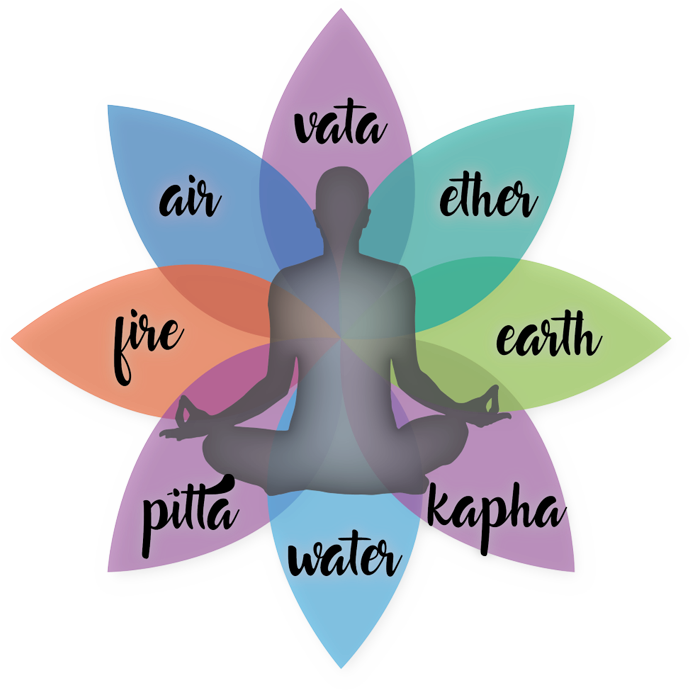According to the Charaka Samhita, which is one of the foundational texts of Ayurveda, the definition of Ayurveda is stated as follows.
आयुःस्वास्थ्यम् आरोग्यं धनं मूक्षं च इति अयुर्वेदः।Translation: Ayurveda is the knowledge that imparts longevity, well-being, freedom from diseases, and wealth.
Ayurveda emphasizes the holistic nature of health, considering the physical, mental, and spiritual aspects of an individual. It recognizes the interconnection between the individual and the environment, emphasizing the importance of living in harmony with nature.

The Panchamahabhutas and Tridosha are the fundamental principles in Ayurveda.
As per panchamahabhutas principle , all matter is composed of five basic elements known as Panchamahabhutas. They are air, fire, water, earth, and ether. Each element has its qualities and influences the doshas and bodily functions.